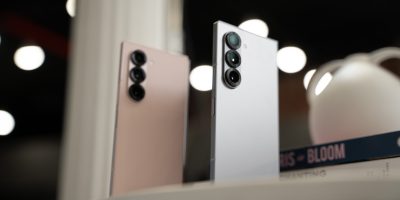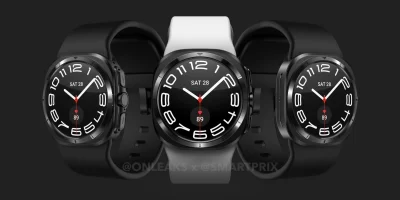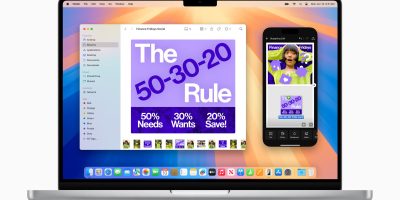Yesterday marked the launch of the Google Pixel 4a, the latest in Google’s line of cut down budget phones. They took the more flagship-oriented Pixel 4, tore out everything expensive and deemed unnecessary, and brought it down to the basics. And according to Google, the basics are a smooth software experience and a great main camera.
Google outfitted the device with a 5.81-inch OLED display with a hole punch, a Snapdragon 730G, 6GB of RAM, 128GB of storage, a 3,140 mAh battery, a 12.2MP camera with OIS, a rear-mounted fingerprint sensor, and a headphone jack. It’s a pretty decent spec list, but with Pixels, specs don’t really matter. No, they take a backseat to Google’s advanced software.
The main thing you get with a Pixel is Google’s software experience. It’s not just stock Android but has a bunch of Pixel-exclusive additions like a new Google Assistant, call screening, and a lot more. It’s tuned for a buttery smooth experience even on lower end internals. You also get some incredible camera software, turning a weak budget sensor into a camera king. Thanks to Google’s camera wizardry, the Pixel line of devices take some incredible photos no matter how dark it is.
Unfortunately, if you look past that, the Pixel 4a is missing a lot of stuff we’ve come to expect even from budget phones. There’s no in-display fingerprint sensor, though a rear-mounted capacitive sensor may very well be superior. There’s no wireless charging. The USB-C fast charging is limited to just 18 watts. There is only one camera on the rear, with no telephoto or ultrawide that’s on almost every phone these days. The display refreshes at the standard 60Hz instead of 90Hz like other new devices. There’s no 5G. And worst of all, the battery is surprisingly tiny.
These deficiencies are nothing new for the budget Pixel line, or even the flagship Pixel line. Pixels were never about peak hardware and all the features. However, with every passing year, budget phones have more and more features that we just come to expect from all phones. Ultrawide cameras, high refresh rate displays, huge batteries, 30W+ quick charging, and even wireless charging are common on budget phones. The Motorola Edge is a bit more expensive, but it has a lot of these features and both looks and feels a lot more high end (besides the camera, obviously).
The Pixel 4a can still pass for a quality budget phone in 2020, even with all of its deficiencies. In the end, you’re getting a clean, snappy Android experience and an amazing main camera for only $350. That’s hard to argue with, especially with most budget phones skimping on cameras big time. However, these major deficiencies and omissions feel more and more egregious every year, and Google can’t ride the software train forever. Soon enough they’ll need to step up their hardware game and compete in hardware features too. Because another year of a single camera in a budget phone just won’t do, that feels so 2015.










Comments